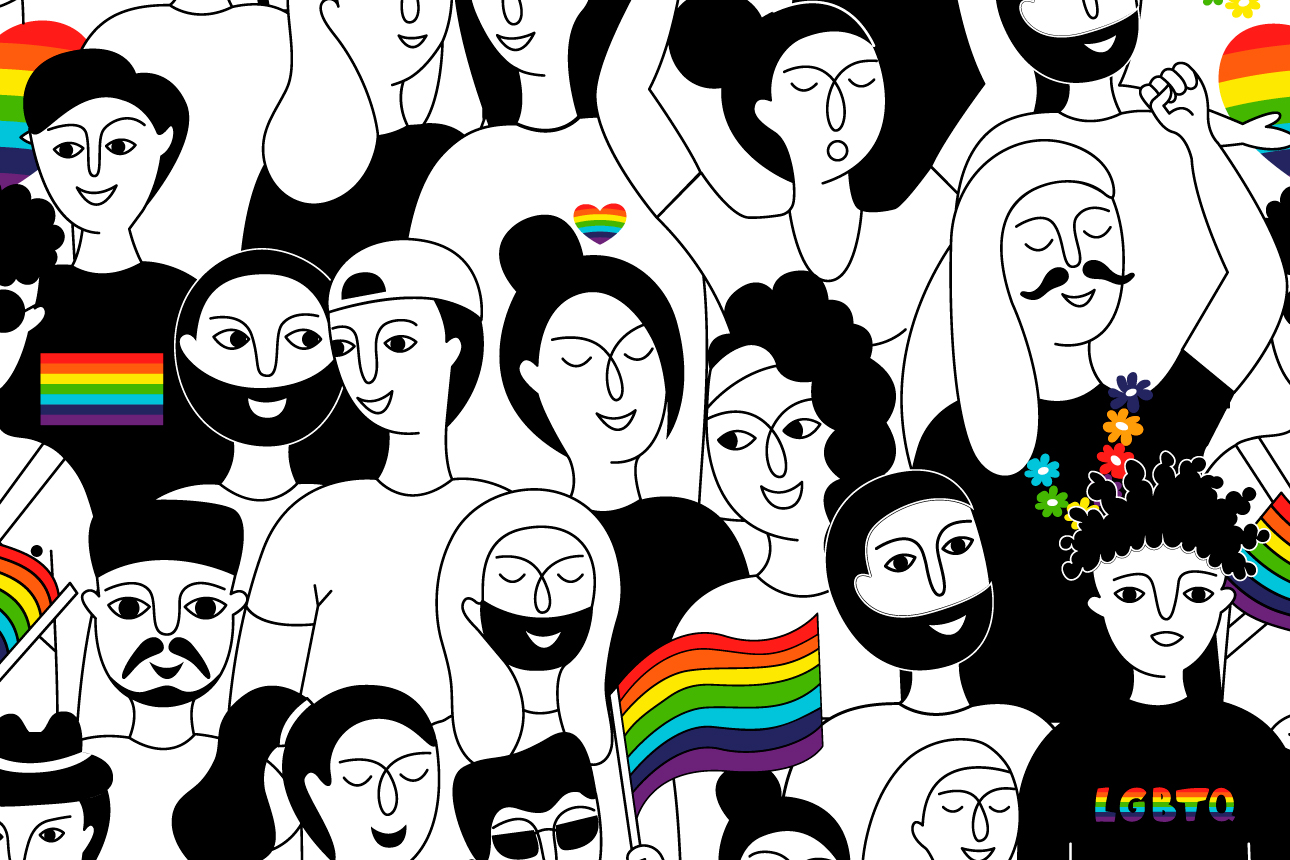Make Pride a Commitment, Not Just a Campaign
For brands that seek to lead by winning customer trust, the future of Pride Month cannot continue to be campaign-as-usual.
Topics

There is a certain predictability to marketing in June. Logos dress up in rainbow colors. Marketers vie to outdo their counterparts at other brands in finding clever ways to weave Pride into their messaging and limited-edition products. The news media publish “best of LGBTQ+ pride” lists on cue. And invariably, a raft of experts decries these mostly facile marketing moves by brands like Skittles, which in June trades its signature colors for gray, asserting that “only one rainbow matters during Pride” while donating only up to $100,000 — a tiny fraction of its estimated annual revenue of over $300 million — to advocacy group GLAAD.
It should be no surprise that this superficial flavor of Pride marketing is ineffective in elevating brands, especially for the very people it targets. When it comes to the LGBTQ+ community, brands have a trust deficit. For example, while 58% of straight millennials in the U.S. trust companies to do what’s best for their customers, only 47% of LGBTQ+ millennials feel the same way. And while 42% of straight millennials think companies will do what they say they’re going to do, only 31% of U.S. LGBTQ+ millennials believe that to be true.
For brands that seek to lead from the front by winning customer trust, the future of Pride Month cannot continue to be campaign-as-usual. For most companies, 2020 marked a watershed moment as they came to terms with racial injustice and initiated extensive structural changes in how they operated. That same kind of change must apply to Pride. Much as Pride Month is a time to celebrate, it cannot be divorced from the trauma of the hard-fought wins and, more importantly, from the systematic and structural changes that address why we have Pride Month in the first place.
Let’s face it: This is not going to be easy for most companies that lack an invested champion — like Tim Cook, who marches with other Apple staff members at the San Francisco Pride parade as the first openly gay Fortune 500 CEO, or like Chobani’s CEO, Hamdi Ulukaya. Ulukaya, an immigrant from Turkey to the U.S., has played a pivotal role in supporting initiatives like matching LGBTQ+ refugees with professional mentors.
